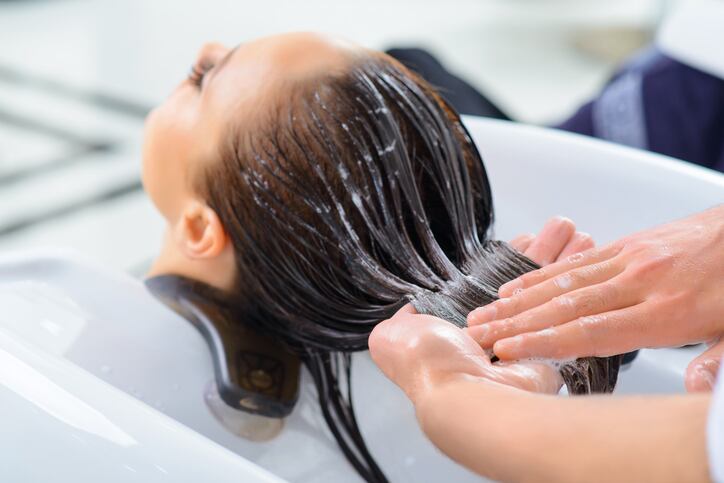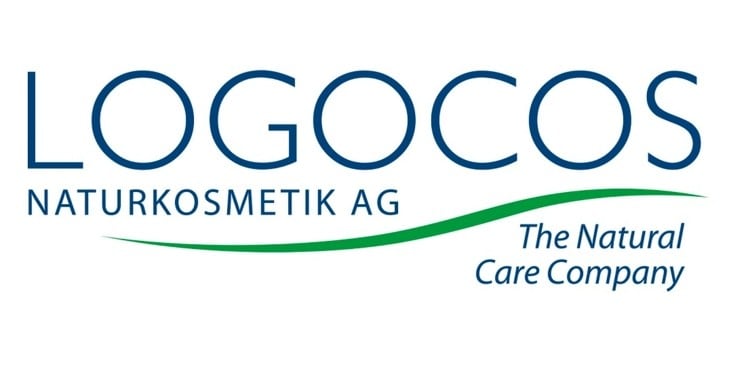We discussed the current issues facing hair care with Katarzyna Kita-Tokarczyk, Global Application Development Manager, Clariant.
Kita-Tokarczyk will be addressing these issues at the upcoming Sustainable Cosmetics Summit, Paris, 5-7th November.
The summit considers how the face of the beauty industry is changing in response to sustainable development.
Challenges facing the sector
Kita-Tokarczyk suggests that when it comes to hair care, the potential of many popular ingredients to harm the environment is an issue.
Hair care ingredients, and especially conditioning ingredients, face a few challenges, she suggests, with low biodegradability of silicones being a key example that has been a focus for some time.
“Outside of silicones, many ingredients which perform excellently on the hair have some potential for aquatic toxicity,” she notes.
In many parts of the world wastewater treatment plants can deal with this very well, but in the areas where not all wastewater is treated properly, this could be a problem.”
Performance still the factor that drives spending, not sustainability
While Kita-Tokarczyk acknolwedges there is both industry and consumer appetite to create more sustainable, environmentally friendly products in hair care, she notes that currently consumer spending doesn’t reflect these demands.
Indeed, she suggests, consumers look for high performing ingredients and products more than anything else.
“Until now, there have not been feasible alternatives to provide both hair conditioning and environmental compatibility, and as much as consumers obviously prefer ‘natural’, ‘eco’, and ‘bio’ formulations, with majority of consumers product performance is still the main reason to pay for it,” she says.
More innovation needed
When asked what examples of ingredients we have seen that meet demand in this area Kita-Tokarczyk says have not seen that many.
“In the recent years, natural oils have been introduced into hair care products. Despite their great natural profile, many did not prove themselves regarding consumer benefits,” she explains.
“Especially in shampoo, they are difficult to formulate so that a perceivable benefit can be achieved. Building formulations around ingredients such as natural oils or extracts, often demands from consumers to accept a very different sensory experience.”
One ingredient range she suggests is making an impact is the GenadvanceTM range from, perhaps unsurprisingly, Clariant.
“Not only ‘classical’ formulations can be made with a greener footprint, but also the range of formats where to use them is much broader, more individualized formulations are possible, as well as new formulation formats,” she says.
Responding to the market is win-win: for the planet and for sales growth
Looking towards what’s next for this trend in hair care, Kita-Tokarczyk suggests innovation is needed in the area of sustainable products, ingredients and packing.
“It is in the interest of consumers, personal care industry and ingredient and packaging suppliers that we move forward in a sustainable way, not only in haircare, but in all cosmetics,” she says.
“After all we all live on the same planet, enjoy its beauty and wish to preserve it for future generations. We believe the trend is bound to grow, and the industry needs to respond.”
Predictions from Clariant include the rising emphasis on water-saving and biodegradable claims.
“We expect water-saving solutions to become stronger, like they have in the home care/ laundry world: water-free and quick rinse for example.
“Additionally, biodegradable and environmentally neutral cosmetics will gain the market share, additionally promoted by eco-friendly packaging that has just started to gain ground,” she says.
Finally, Kita-Tokarczyk suggests palm oil and other natural sources of ingredients remains a key area of focus.
“We need to watch the palm oil space to make sure that responsible sourcing really means renewable, and that we do not over-explore the supply of natural resources (plants) used for cosmetic extracts.”



